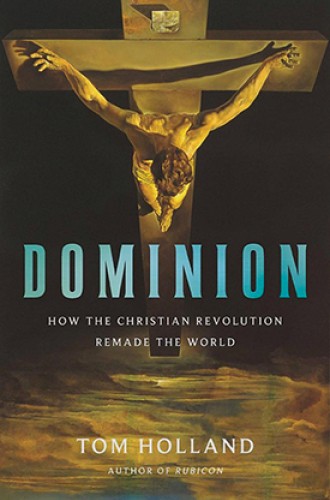A non-Christian’s argument for Christianity’s positive influence
Tom Holland doesn’t shout that secularists have no clothes. He whispers that they bear a Christian label.
Tom Holland has a grand thesis. He explores it with energy, advances it with panache, and pulls it off with a flourish. His lively and absorbing project is at once a serviceable church history, a studied engagement with Christianity’s finest and darkest hours, and a compelling argument.
The argument goes as follows: Christianity brought something new and unique into the world; that quality in its various manifestations—notably deep respect for the weak, the suffering, and the vulnerable and a sense of the validity of every human life—remains deeply imbued in Western culture; and it is expressed as powerfully today by those who claim to have rejected Christian truth claims as by Christians themselves.
For all its conventional narrative shape, the book is history told backward. What fascinates Holland is the paradox that Christianity so saturated Western culture that it has become the water drunk by secularists and atheists, by self-styled iconoclasts advocating science, and by proponents of human rights or comparative religion—just as much as by the church. He’s interested in the strands that led to where we are. He leaves other strands of church history alone.






